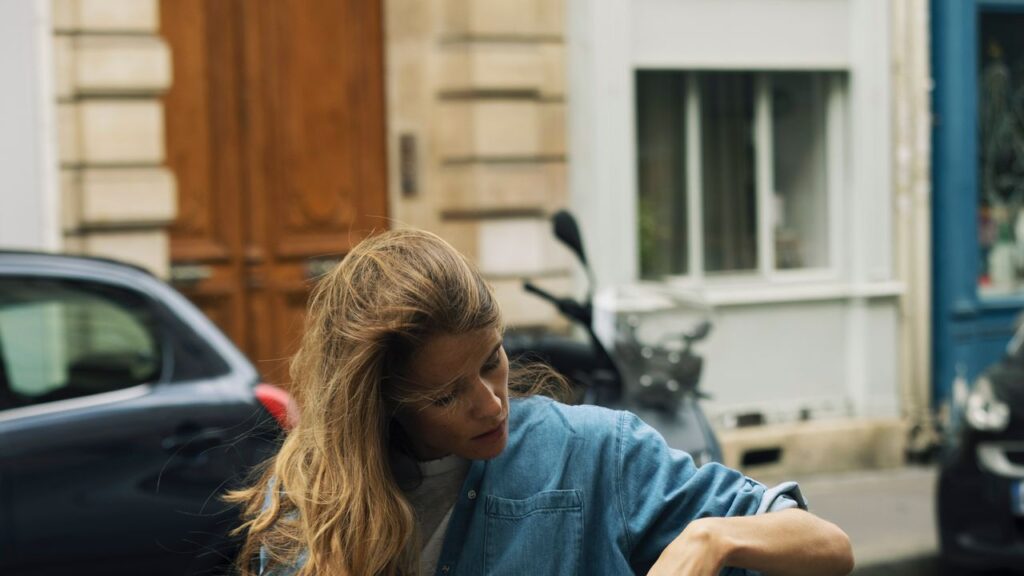Embracing Change: A Journey to Short Hair
I never envisioned myself with short hair. Growing up, I was instilled with the belief that having long, flowing locks was a mark of virtue, largely influenced by my mother’s stunning mane that still reaches her waist in her seventies. My mother, Susan, had hair that was truly legendary—an enviable shade of strawberry blonde that seemed to glow naturally, brightening in summer and deepening to rich auburn in the winter. Even now, her hair is thick and captivating, reminiscent of a character straight out of a Bob Dylan song. Her luscious locks inspired my father to forgo haircuts in retirement, further cementing the idea that long hair was synonymous with beauty and desirability. I grew up following her advice to care for my hair as she did, but I also internalized an unspoken belief that short hair was meant for those who lacked the luxury of choice.
When I moved to Paris, I encountered a different hair culture, one that challenged my long-held beliefs. Initially, I maintained my long hair, convinced I needed to uphold the standard my mother had set. However, over time, I noticed that many of the most fashionable women in the city—each with distinct hair textures and styles—often sported shorter cuts. From chic bobs to stylish mid-lengths, the prevalence of short hair challenged my notions of femininity and attractiveness. As I sat in a bustling café on the Left Bank, I was struck by the visibility of women with shoulder-length or shorter hair, making the long-haired women seem like a rarity.
What was behind this shift in style? I have a theory that can be traced through two main influences. The first is the enduring appeal of the "gamine" aesthetic, a celebration of blending masculine and feminine styles famously embodied by icons like Coco Chanel. Parisian women excel at this, effortlessly mixing tailored pieces with casual items, creating a look that is at once sophisticated and approachable. This approach invites a different interpretation of beauty, where looking sexy doesn’t equate to hyper-femininity; rather, it embraces elements like tailored overcoats, relaxed denim, and loafers. With designers like Saint Laurent showcasing businesslike ties in their collections, the evolving fashion narrative continues to highlight the allure of androgyny.
The second influence is rooted in a broader cultural commitment exemplified by Parisian women: the art of looking effortlessly put together. There’s a prevalent philosophy that encourages presenting oneself well without appearing as though one has put in too much effort. This is where the haircut becomes a crucial factor. A simple, chic haircut—one that flatters one’s face—becomes the foundation of an overall polished look. This minimalist approach defies the traditional notion of excessive grooming, allowing women to embrace their natural beauty while still making a strong style statement.
As I absorbed these influences, I began to view short hair through a different lens. It represented not a lack of choices but rather a bold expression of personal style and freedom. My perspective evolved, realizing that short hair could embody confidence and flair. Women in Paris were redefining beauty standards, and their choice to wear shorter styles didn’t diminish their femininity; it accentuated it, demonstrating that elegance could exist in simplicity.
Gradually, I decided to take the plunge. Inspired by my surroundings and the women I admired, I cut my hair into a sleek bob. The initial transition was daunting, but with each passing day, I found empowerment in the change. The weight of my long hair fell away, and I felt lighter—both literally and metaphorically. My new style felt refreshing, a celebration of personal identity rather than a concession. In embracing short hair, I forged a connection to the Parisian ethos and experienced firsthand how a simple haircut could provide a sense of liberation and confidence.

